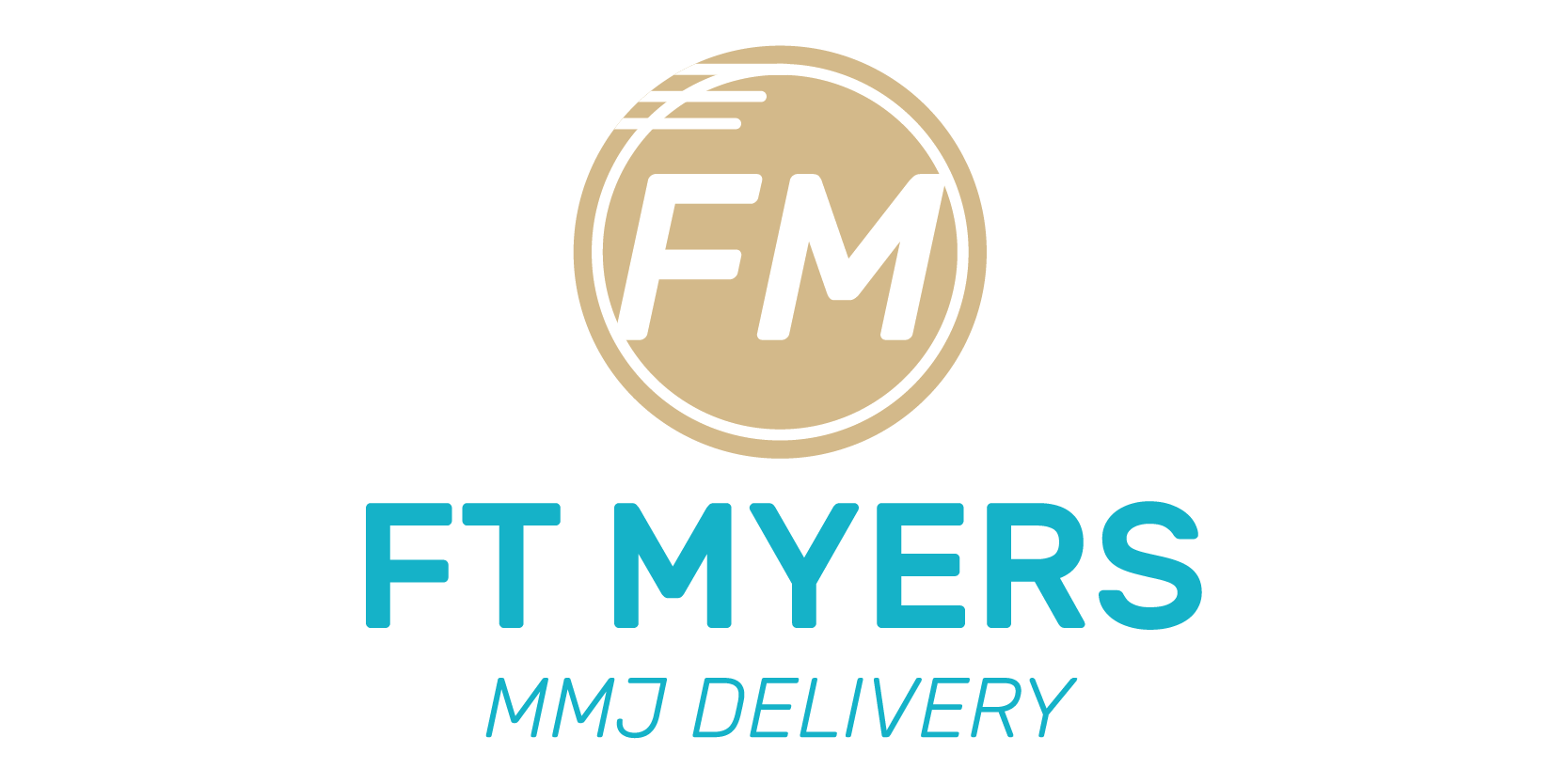In mid–2025, Fort Myers’ residential real estate market reflects a rapid transformation, weaving together cooling prices, growing inventory, and heightened buyer leverage. From a real estate agent’s vantage point, this evolving landscape offers both challenges and opportunities.
Over the past year, median home values in Fort Myers have cooled substantially. According to Zillow, the average home value now sits around $328,765, marking a 9–10% decline year‑over‑year. Similar figures emerge from Redfin, which reports a median sale price of $356,245, down 6.9% since May 2024. Homes are remaining on the market longer—now around 76 days on average compared to mid‑50s last year—and are often selling at or below listing price, with the sale-to-list ratio around 95%.
From an agent’s perspective, these shifts signal a transition into a buyer-favored market, diverging from the frenzy of the 2021–22 boom. Listings have surged: Lee County saw 912 closings in April, down 18% from the previous year, while Reventure App notes a 7.8% year-over-year decline for Cape Coral/Fort Myers values. With more sellers re-entering the fray and fewer out‑of‑state buyers, inventory is lengthening, easing upward pressure on prices.
This changing dynamic has reshaped negotiation strategies. Buyers, well-informed and cautious, are using slower markets—and higher interest rates—to their advantage. Agent advice often includes pre-approval for mortgages, negotiating concessions, then refinancing later when rates retreat. Meanwhile, sellers are advised to price competitively from the get-go and consider incentives like flexible closing dates or covering inspection costs.
Despite the cooldown, pockets of resilience persist. Desirable neighborhoods—Downtown Fort Myers, waterfront condos, Sanibel Island, and Fort Myers Beach—remain relatively insulated, attracting retirees and seasonal residents. At the same time, more affordable areas like Lehigh Acres are drawing first-time buyers and investors seeking rentals or entry-level homes.
Still, broader economic factors loom large. Mortgage rates, still above 6%, continue to suppress affordability and dampen demand, even as economists forecast eventual rate stabilization. Floridawide, high insurance premiums—especially for wind and flood coverage—are squeezing buyers’ budgets and contributing to stunted buyer confidence in vulnerable coastal zones .
Agents also point to climate-related risks as a growing undercurrent. Southwest Florida is one of the nation’s most climate-vulnerable areas, with insurers raising premiums or pulling back amid escalating flood, wind, and heat risks. This is triggering a transition from rapid escalation to a more supply-driven correction—as properties previously flying off the shelves now sit unsold for months. One agent notes homes once moving in 50 days now linger around 100 days.
Taken together, 2025 presents an intricate mosaic: a market shifting from overheating to stabilization, with buyer opportunities emerging amid macro‑economic and environmental pressures. From a real estate agent’s standpoint, success now hinges on adaptability: guiding clients through tactical pricing, strategic timing, and realistic risk assessments.
For buyers, especially well‑qualified ones, this environment offers room to negotiate, explore diverse neighborhoods, and lock in value before rates shift. For sellers, the key lies in smart pricing, staging, and incentives—while also preparing for climate considerations such as raised insurance costs and storm resiliency.
In sum, Fort Myers in 2025 is no longer a one‑way dash to the closing table. It’s a nuanced, more balanced marketplace—one where skilled agents shape outcomes through insight, strategy, and localized knowledge.

